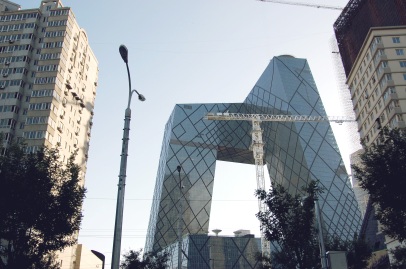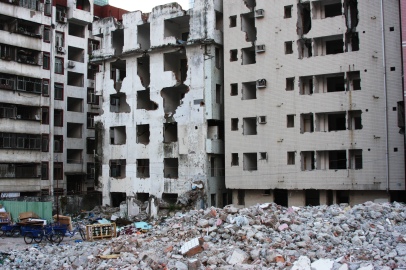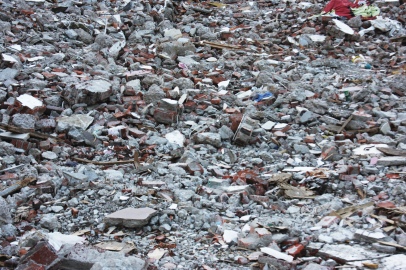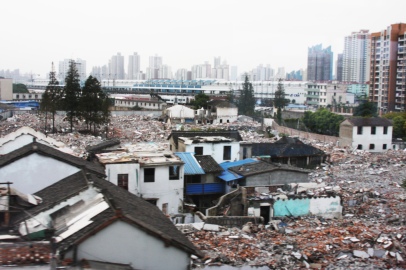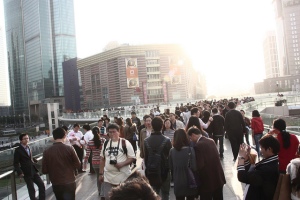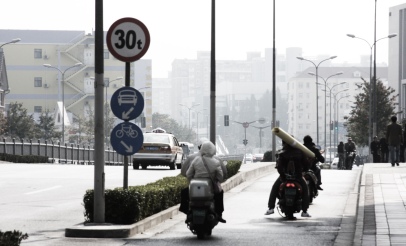Culture is constantly shifting; there is a dynamic exchange happening. Kyoto is a cultural repository of culture in Japan. With a panoptic stance, Kyoto can be seen as an implicating and contaminating culture within Japan. The modern mixed with the traditional, displays the deep-rooted sense of history held within the city as well as how the city is dealing with the introduction of new wave of architecture into their building fabric. Shrines still stand in their original site, authentic and genuine, reverend by the locals. The notion of time reflects looking back into history allowing the culture to grow and become more of a form of knowledge as it becomes engrained into the locals. The involvement of innovation, where the gained knowledge is become instilled, detaches itself from a myth-based society due to the notion of the culture seizing to be factual but rather temporal and changeable. Looking forward becomes the base principle of that permanence within society. Once we become part of history, today we live in the present while tomorrow has its historical meaning, it has past so immediately we would not consider it in the past but eventually it becomes ancient. Culture can only be there as part of history if in fact we accept that culture is involved in the innovation process. The culture is constantly at a loss because it is caught between the searches for the reconciliation within our minds of our presumptions of Japan. As we settled into Shinagawa, our brief home stay, we were fully immersing ourselves into the everyday lifestyle in Japan. We each developed a daily routine and acknowledged our surroundings that became something familiar to us rather than foreign and unknown. We get into the idea of the “everyday”; we take the same path and every aspect of the city now has an embodiment of the thought of non-thought.
With technology, a detachment from traditionalism, a society is perceived as conformist yet it operates entirely on the other spectrum. The necessity is that we as participants need to transcend to embrace the contraction and the complexity which will offer more in holding onto the myth based agenda where we can observe and analyze. A city like Paris is encapsulated in a historical sense where the people are completely content with their city yet frustrated that there is no push forward; it is historically relevant to the people. As culture moves forward in time through the idea of modernization, it is simultaneously becoming less unique. It is rendered to become homogeneous where essentially once the discipline becomes monotonous or specialized, exposure to anything else becomes very slim. As we move towards society of spectacle, we must question whether a culture is being used in the process of creating the spectacle. We must ask ourselves why is each neighborhood made to be highlighting a certain aspect. Culture is a commodity of how society came to be a spectacle, and now that we have this knowledge, it is difficult for society to work outside of this notion.
09/18/2013 Paula M Narvaez
Filed under: Uncategorized, AAU, Architecture, Culture, Japan, Shinagawa, Technology, Urbanism, USC


